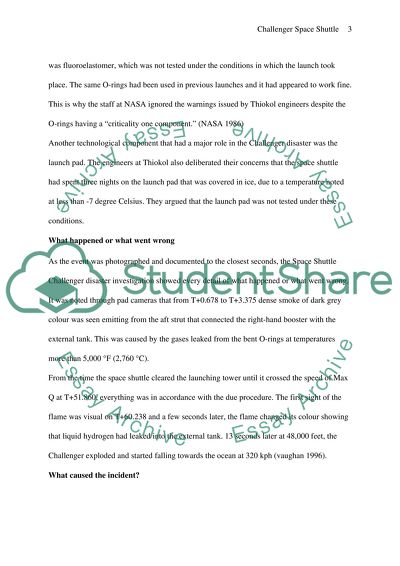Cite this document
(“Risky Technology of the Challenger Launch Decision Assignment”, n.d.)
Risky Technology of the Challenger Launch Decision Assignment. Retrieved from https://studentshare.org/technology/1596888-research-essay
Risky Technology of the Challenger Launch Decision Assignment. Retrieved from https://studentshare.org/technology/1596888-research-essay
(Risky Technology of the Challenger Launch Decision Assignment)
Risky Technology of the Challenger Launch Decision Assignment. https://studentshare.org/technology/1596888-research-essay.
Risky Technology of the Challenger Launch Decision Assignment. https://studentshare.org/technology/1596888-research-essay.
“Risky Technology of the Challenger Launch Decision Assignment”, n.d. https://studentshare.org/technology/1596888-research-essay.


